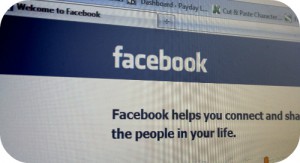In the aftermath of Facebook’s data sharing scandal, critics of the company are calling on lawmakers to discuss ways that the social network could be regulated. To these concerned citizens, Facebook has grown too large to be trusted with so much of the public’s information. The video below looks at how America’s tech giants became so big and the ways that regulators could possibly target these companies in the future.
Questions:
- Do you think big tech companies like Facebook, Continue reading







